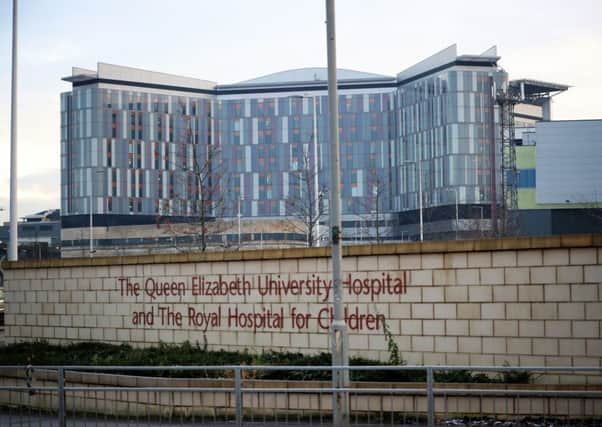Death of boy, 10, after infection linked to pigeon droppings investigated


The child was one of two patients who died at the Queen Elizabeth University Hospital in Glasgow after becoming infected.
Scottish Health Secretary Jeane Freeman earlier confirmed the Cryptococcus infection was a contributory factor to the boy’s death as she ordered a review of the design, build, handover and maintenance at the hospital.
Advertisement
Hide AdAdvertisement
Hide AdShe said the second death was not connected to the infection.
A spokesman for the Crown Office said: “The procurator fiscal received a report in connection with the death of a 10-year-old boy at the Queen Elizabeth University Hospital in December 2018.
“The investigation into the death, under the direction of Scottish Fatalities Investigation Unit, is ongoing and the family will be kept updated in relation to any significant developments.”
The infection is believed to be from pigeon droppings found in a plant room on the hospital’s roof.
Investigations continue to establish how the bacteria entered a closed ventilation system.
Earlier on Friday, an architect criticised the design of the hospital and said mechanical ventilation ducts can be gateways for disease.
Speaking on the BBC’s Good Morning Scotland programme, architect Malcolm Fraser said the 12-storey “monster hospital” is not a “happy building” and bigger places tend to “cut corners”.
Advertisement
Hide AdAdvertisement
Hide AdHe said: “In this case it appears to be an issue with the mechanical ventilation and a gap that’s been left that pigeons can get in.
“Mechanical ventilation ducts are perfect places for cooking up virulent nasties, basically.”
He said hospitals tend to be built with mechanical ventilation but it was possible to design them with natural ventilation.
“If the building’s not built perfectly we have these places where disease can come in and problems can happen,” Mr Fraser added.
“At some point we’re going to have to understand that making buildings machines is not conducive to health and recovery.”
Mr Fraser, behind award-winning modern buildings including Dancebase in Edinburgh and Scottish Ballet in Glasgow, said the inquiry should start with how the hospital was built and the processes in place.
Asked to respond to Mr Fraser’s criticism, a spokesman for the NHS Greater Glasgow and Clyde health board said: “The Cabinet Secretary has already announced a review into the design, commissioning, construction and maintenance of the Queen Elizabeth University Hospital.”